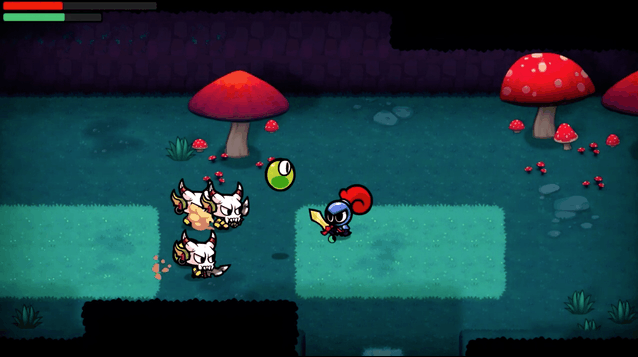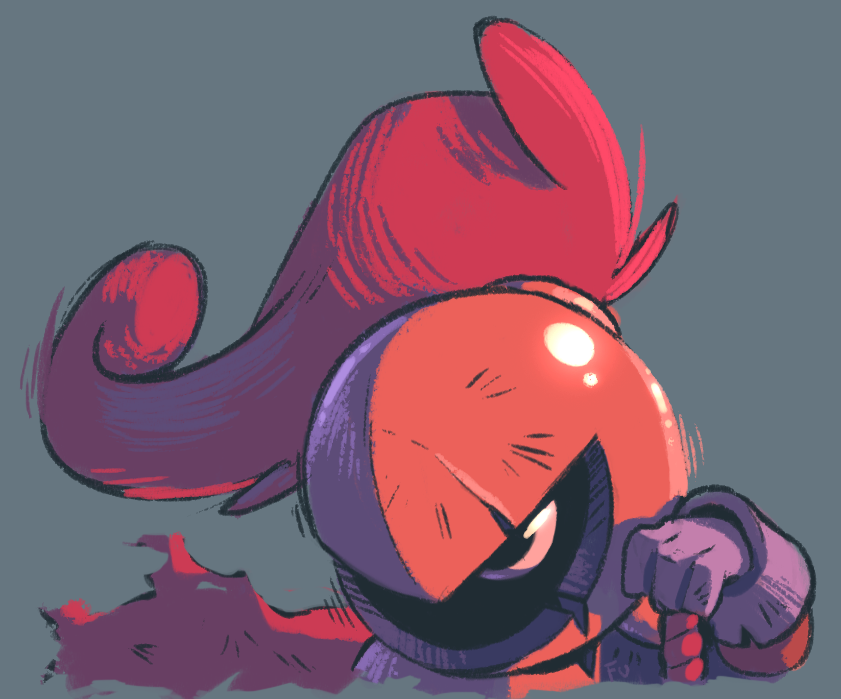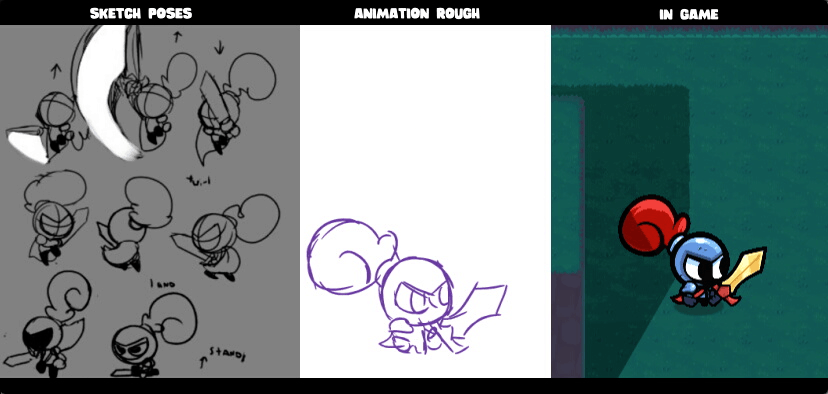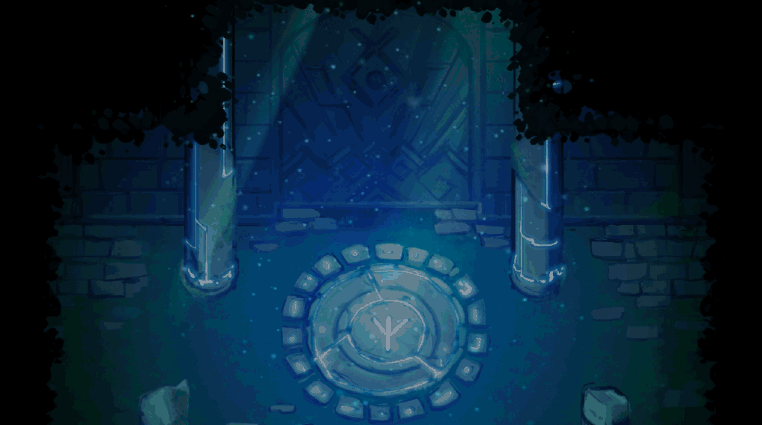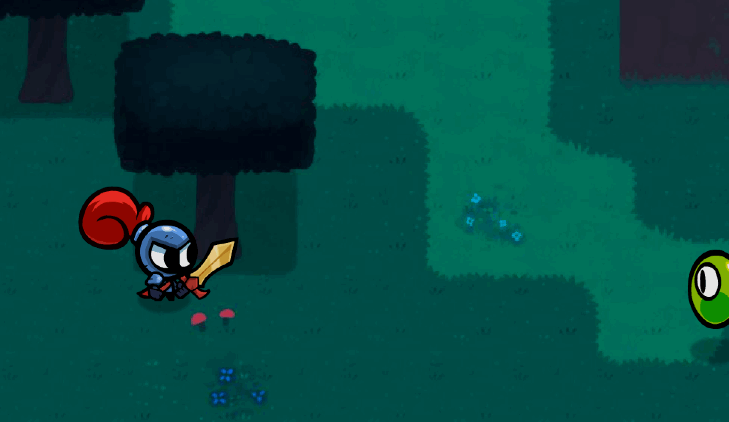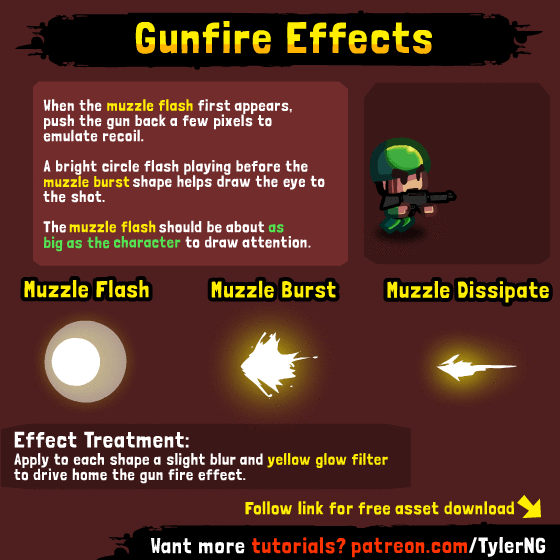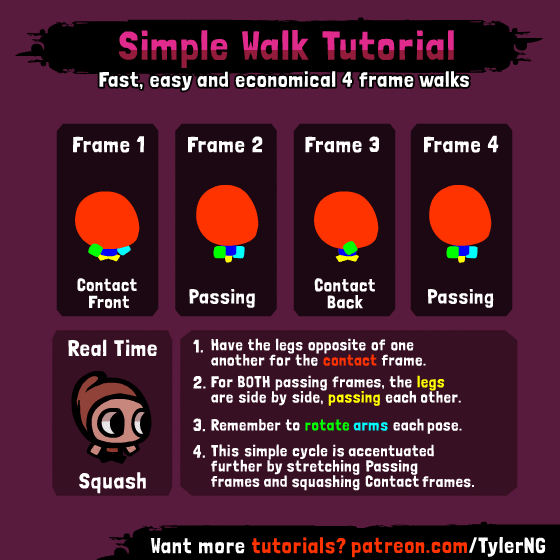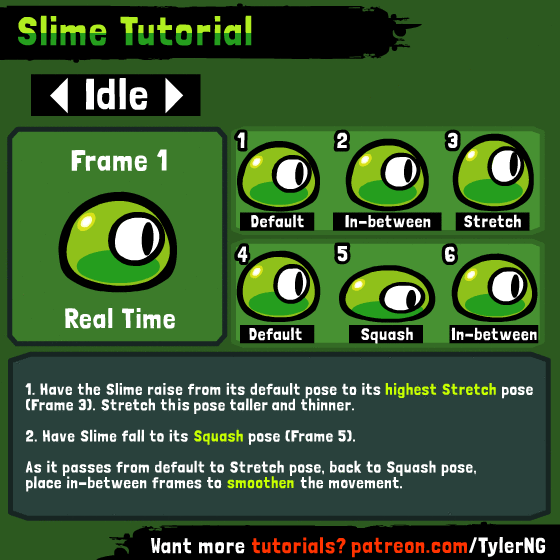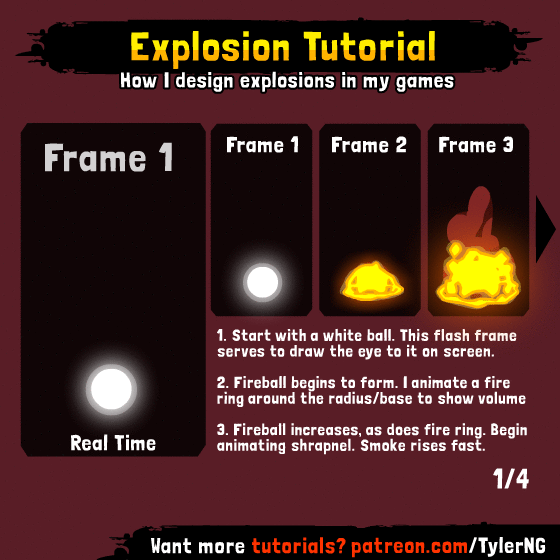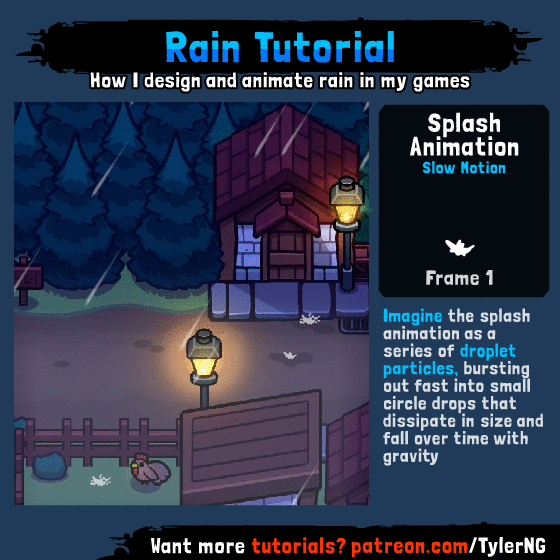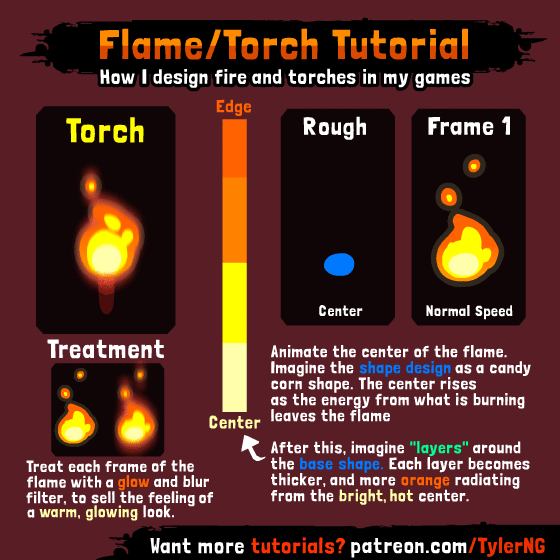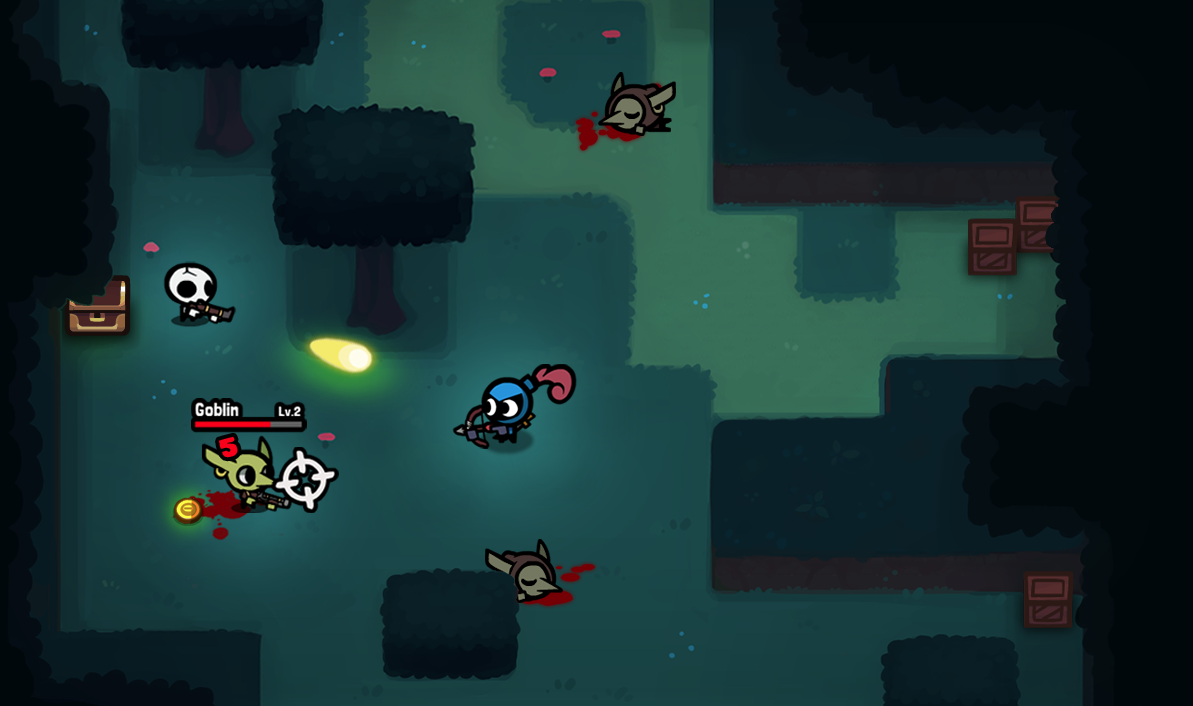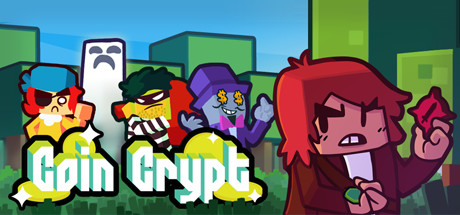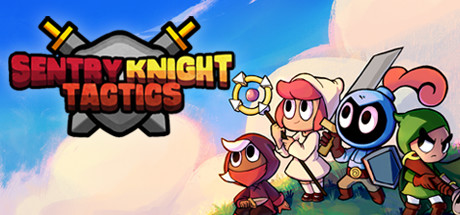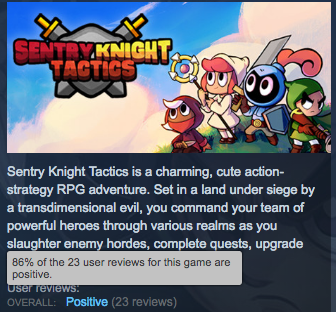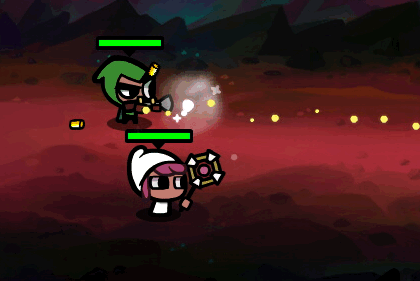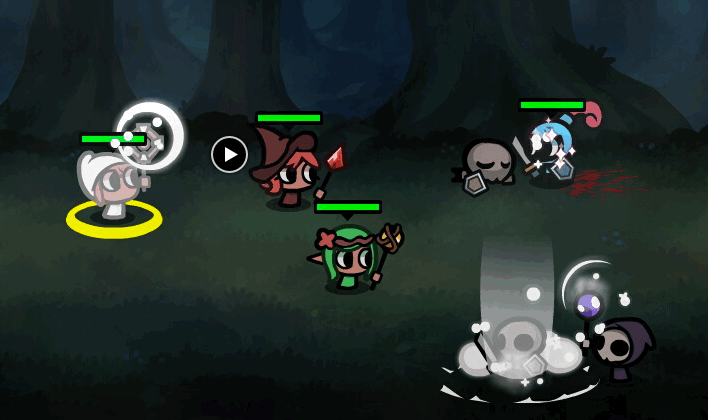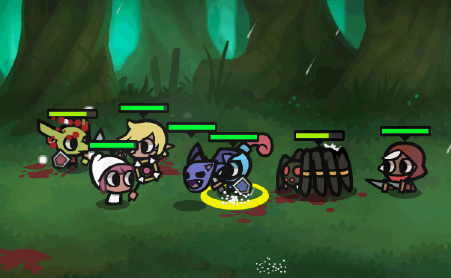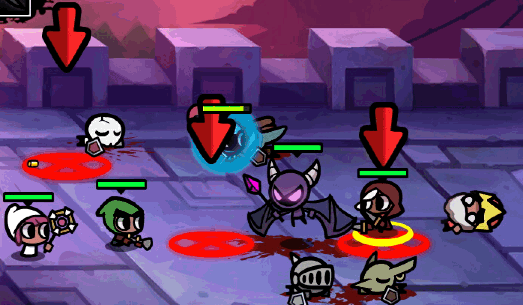A common approach to game design is designing around a core mechanic. With this, every action a player can perform and every response they make to the game should relate to the core mechanic.

This diagram was a concept my old partner of Funstorm games introduced me to. He and his wife designed the diagram. Newgrounds even had it’s 7th Game Jam centered around this theme.
I highly recommend this approach to mechanic design. Designing around the core mechanic helps simplify the design process and keeps all of your design decisions focused.
Below, I will explain how I use this diagram in my upcoming Sentry Knight Tactics.
Core Mechanic of Sentry Knight Tactics: Drag and Target
The core mechanic of Sentry Knight Tactics is Drag and Target with the mouse button. Drag and Target allows you to chose which unit you want to use, what action you want them to perform and what you want your unit to target.
All of your main available options in gameplay center around this technique:
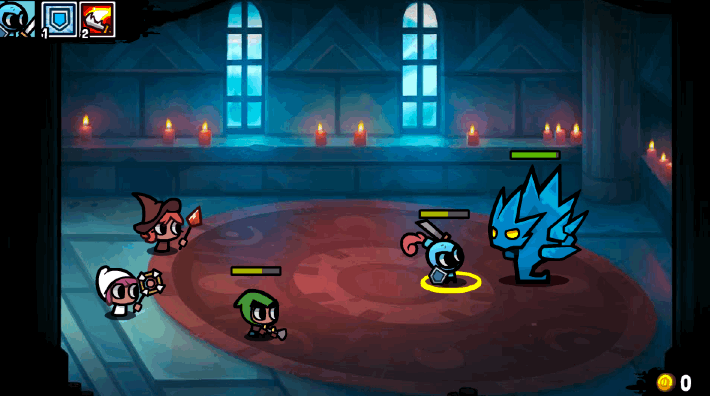
Player drags a line to dodge enemy attack.
- Targeting an active unit is done by clicking that hero.
- Moving the party is done by dragging a line from your active unit to a target destination.
- Healing friendlies is done by dragging a line from your healer to a selected ally unit.
- Attacking enemies is done by dragging a line from your unit to a selected enemy unit.
And so on. You get the idea.
Secondary Mechanics
Secondary Mechanics refer to additional mechanics in the game that work in tandem with the core mechanic.
-
Spells- Each character has 4 unique spells to unlock and multiple extra abilities they have to influence the tide of battle. These are generally are powerful attacks, healing or buffing abilities.
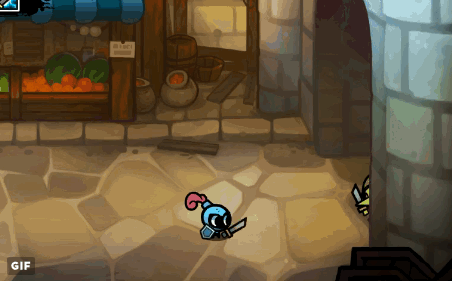
Example of one of Knight's tactical abilities. It stuns enemy units temporarily.
-
Buffs/Debuffs - Temporary beneficial (or the contrary for a debuff) effect placed on units that alter their stats. For instance, some buffs might increase a player's defense to incoming attacks.

A sampling of the different types of buffs/debuff icons in game
-
Aggro - How enemies prioritize their target. The heavier armored characters like Knight produce more “aggro” and draw attention of enemies away from players more fragile units.
-
Unit Type - Each character is either a tank unit (can take heavy damage), DPS unit (deals high damage up close or from afar), healing unit or buffing unit. Bosses have more unique mechanics, but I will cover designing those in greater detail in a future post.
Progression
Progression refers to how the player advances through the game. Progression could include anything from a steeper difficulty curve, mastery of mechanics, upgrades, the introduction of new enemies with new abilities and so on.
Players want new challenges and new ways to utilize the skills they’ve mastered and abilities they have unlocked.
Progression serves to incentivizie players. By giving players goals and showing them how much more powerful they will become or how much more fun the game will be when they unlock certain items or progress to a particular point, they are incentivized to invest more time in a game to reach that point.
Progression in Sentry Knight Tactics is measured by completing levels that increase in difficulty, leveling up characters, gaining new abilities and upgrading gear.
-
Difficulty Curve - The game gets harder as players advance through levels. Enemies are deadlier, take more damage and have more advanced combat techniques in each subsequent level. Striking a balance that is progressively more challenging but not too challenging is key.
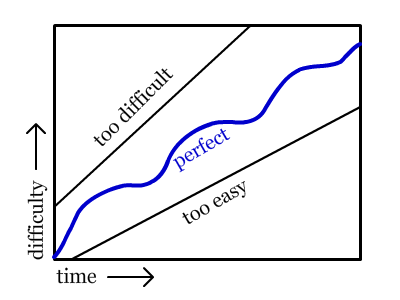
-
Upgrading/Looting - Players upgrade their gear, equip better armor and weapons to increase their characters stats. These things directly affect gameplay. If a character is under geared, they have a poor chance of surviving a higher level battle. If a player has better gear, they will perform better in combat.
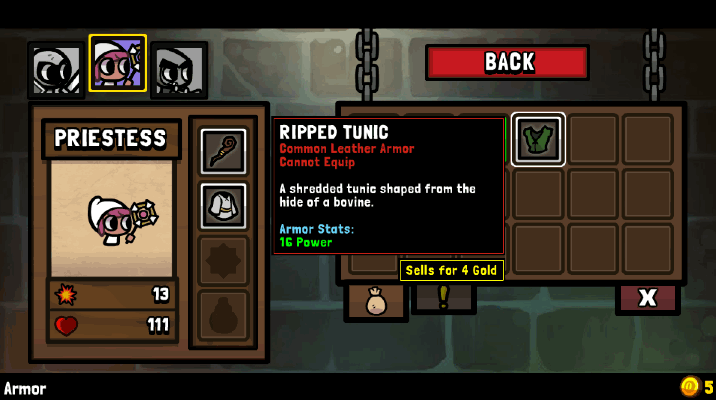
Invetory showcasing the player's items and gear they can equip.
-
Leveling Up - Players level up as they gain XP by kill enemies and complete quests. The more they play, the more abilities and spells they unlock.
Narrative
Narrative is the story you tell with your game. Narrative can make games feel like they have purpose and can provide an opportunity for engaging storytelling. It’s up for debate if this really even necessary in game design, but I find having a story in a game is favorable and appealing to players.
I’m not going to touch on narrative design though in this post. Sentry Knight never had a cohesive story until the launch of the spin off game, Sentry Knight Conquest. Initially, Sentry Knight was a generic world for me to play around with mechanics and not worry about canonical accuracy. I started designing Sentry Knight Tactics before Sentry Knight Conquest and it is there when I realized I needed to start fleshing out the world.
I have to admit, designing story is fun. Plus, anything that increases a players desire in investing time in your game is positive in my eyes.
Hopefully you find this post helpful.
I will try to keep a regular posting schedule but I am entering the final few months of development for Sentry Knight Tactics. Stay tuned to our twitter for more updates,
~Til next time.
